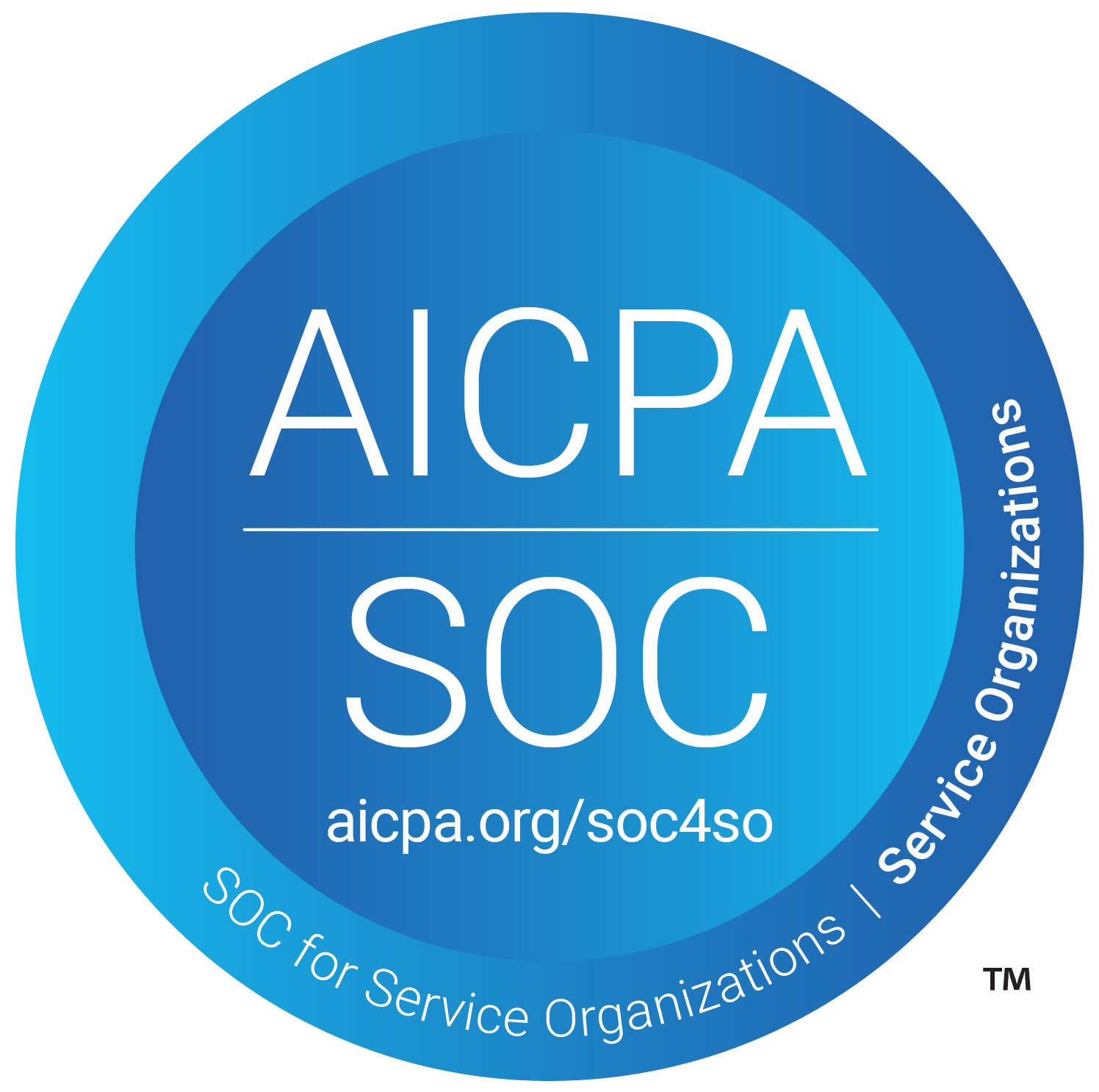Attack Surface Management 101: An Essential Guide

Attack surface management is the process of identifying, analyzing, and mitigating potential vulnerabilities in a system or network. It is an essential component of cybersecurity and helps organizations to minimize their risk of cyber attacks.
Essentials of Attack Surface Management
The first step in attack surface management is to identify the assets that need to be protected. This includes identifying all the devices, systems, and networks that are part of the organization's infrastructure. This includes servers, laptops, desktops, mobile devices, cloud-based systems, and Internet of Things (IoT) devices. It's also important to identify all the software and applications that are used within the organization. This includes both custom-developed software and third-party applications. These software and applications can also be a source of vulnerabilities and should be included in the attack surface management process. Once the assets have been identified, it is important to understand the potential vulnerabilities that exist within them. This can be done through vulnerability scanning, penetration testing, and threat intelligence. Vulnerability scanning involves using automated tools to identify known vulnerabilities in a system or network. Penetration testing, on the other hand, involves simulating an attack on a system or network to identify potential vulnerabilities. Threat intelligence is the process of gathering and analyzing information about potential threats to an organization.
What to do with identified vulnerabilities?
Once the vulnerabilities have been identified, the next step is to prioritize them based on their risk level. This can be done by considering factors such as the potential impact of an attack, the likelihood of an attack, and the ease of exploitation. High-priority vulnerabilities should be addressed first, as they pose the greatest risk to the organization. For example, a vulnerability that allows an attacker to gain access to sensitive data, such as financial information or personally identifiable information (PII), would be considered high-priority and should be addressed as soon as possible. A vulnerability that only allows an attacker to cause a denial of service (DoS) attack would be considered lower-priority and could be addressed at a later time.
Mitigation of vulnerabilities
Once vulnerabilities have been prioritized, the next step is to implement mitigation measures to reduce the risk of attacks. This can include implementing security controls such as firewalls, intrusion detection systems, and antivirus software. It can also include implementing best practices such as regular patching, security training for employees, and incident response planning. Regular patching is crucial in reducing the risk of attacks. Software vendors often release patches to fix known vulnerabilities in their products. By regularly applying these patches, organizations can ensure that their systems are protected against known vulnerabilities. Security training for employees is also an important part of attack surface management. Employees are often the weakest link in an organization's security, and it's important to educate them on how to recognize and respond to potential security threats. This can include training on topics such as phishing, social engineering, and password management.
Things to keep in mind
Incident response planning is also an essential component of attack surface management. Having a plan in place to respond to a security incident can help an organization to minimize the damage caused by an attack. This can include identifying the incident, containing it, and then recovering from it. It is also important to regularly monitor and assess the attack surface to ensure that vulnerabilities are being effectively managed. This includes monitoring for new vulnerabilities, assessing the effectiveness of mitigation measures, and identifying new attack vectors. For example, monitoring for new vulnerabilities can be done by subscribing to security bulletins and alerts from software vendors, as well as monitoring for new vulnerabilities on the Common Vulnerabilities and Exposures (CVE) database. Assessing the effectiveness of mitigation measures can be done by conducting regular penetration testing, and identifying new attack vectors can be done by monitoring for new malware and attack techniques.
Conclusion
Attack surface management is an essential cybersecurity strategy for organizations. It seeks to assess the organization’s attack surface and identify potential areas of risk, and take steps to reduce or eliminate those risks. A successful attack surface management plan should identify the attack vectors, ensure they are monitored, and be regularly updated. Not only will this ensure that your organization remains secure, but it will also help to build confidence in your customers and partners that their data is safe with you. When done right, attack surface management can provide peace of mind and improved security posture for your organization.





